Slices of our past garnish our plates as spices and stories intermingle to delight the senses. Join us on a mouthwatering journey through time and cultures, as we uncover the legends behind eight iconic Indian dishes.
By SHUVAJIT PAYNE AND KUNAL BHATIA
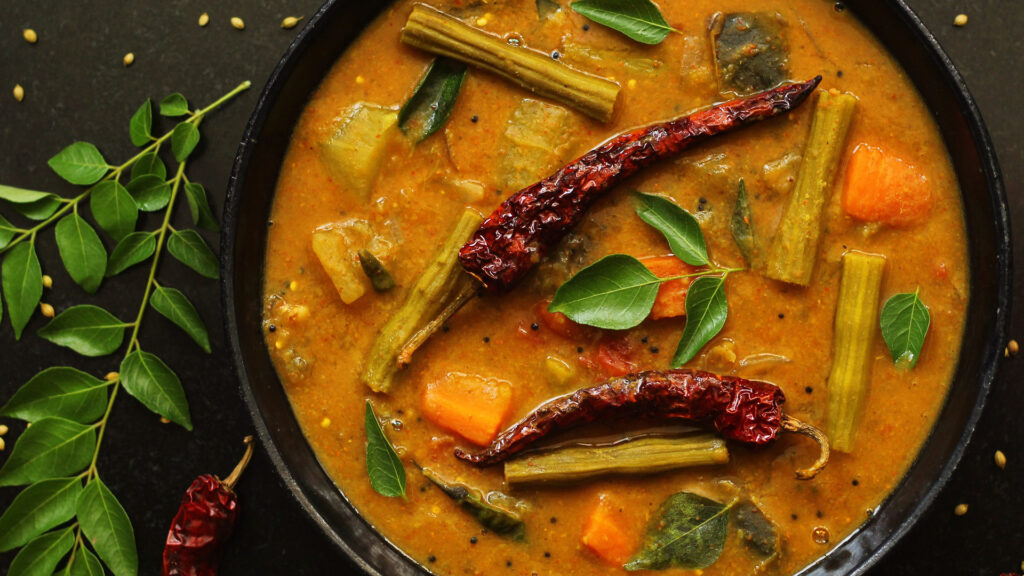
Sambhar
Maratha prince Sambhaji Bhosale, son of Shivaji, was hungry. Since the royal chef was away, the prince stepped into the kitchen, determined to cook a local lentil soup usually prepared with kokum (sour Indian mangosteen). An unavailability made him use tangy tamarind pulp instead, resulting in a new dish. Adored by his 17th century court, it was named ‘Sambhar’ in honour of Sambhaji! It reached Maratha-ruled Tamil Nadu later, eventually becoming integral to South Indian cuisine!
Try it at: Chennai’s Ratna Cafe defines a renowned style.
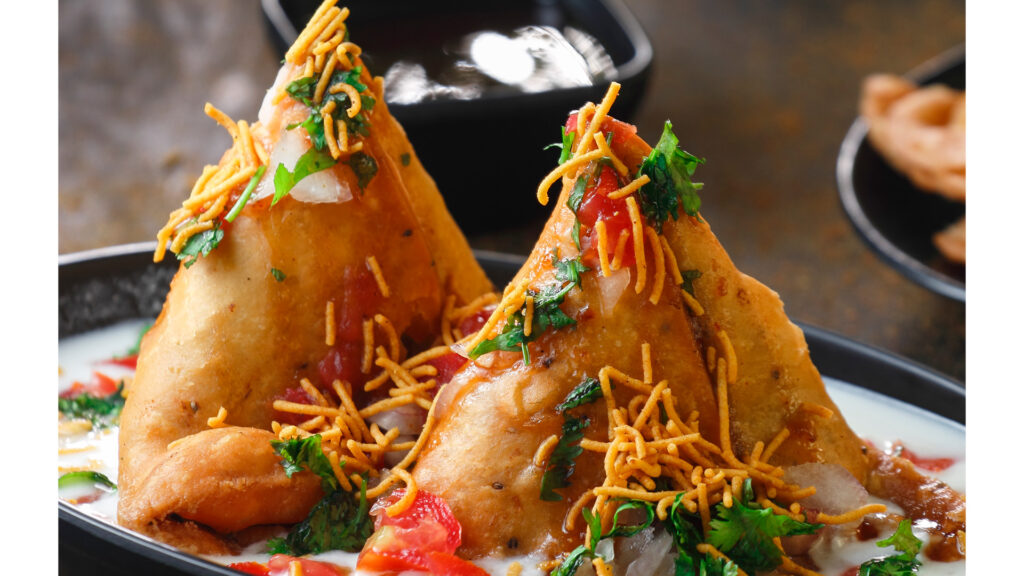
Samosa
One of the world’s earliest fast foods, the ubiquitous samosa tells us that globalisation isn’t all that new! Originating from the Persian word sanbosag—‘beautiful triangles’—these crispy treats were cooked over campfires by travellers along Central Asian trade routes, as a hot, portable lunch. Over time, samosas adapted into different shapes and fillings across regions, from Punjab’s hearty crusts to Bengal’s thin crust shingaras. Symbolising cultural fusion, this lip-smacking snack mirrors India’s ‘different but united’ heritage.
Try it at: Albert Bakery’s keema samosas in Bengaluru are a popular regional variant.
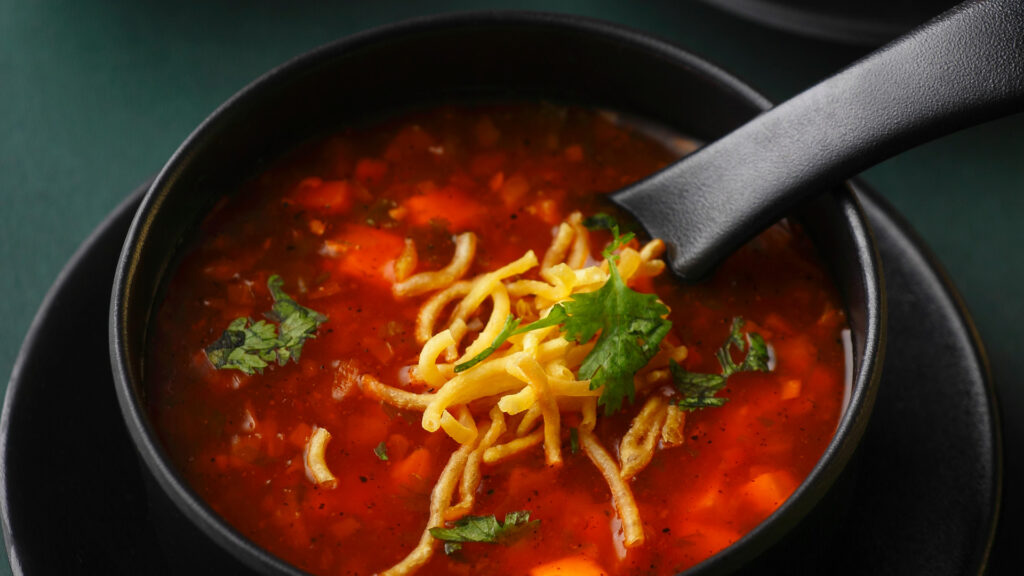
Manchow Soup
When Chinese traders settled in 18th-century Kolkata, they crafted a ‘Manchurian’ style of cooking (no connection to the eponymous Asian region). The hugely popular Manchow soup that originated in Meghalaya is said to be a result of this cooking technique, with ‘chow’ denoting the crispy fried chow mein (noodles), a delicious topping for the dish. The soup features a mix of liberally used soy sauce, vinegar, deep-fried meats, spring onions, green chillies, garlic, and ginger.
Try it at: Deja Vu Restaurant in Shillong’s Laitumkhrah area.
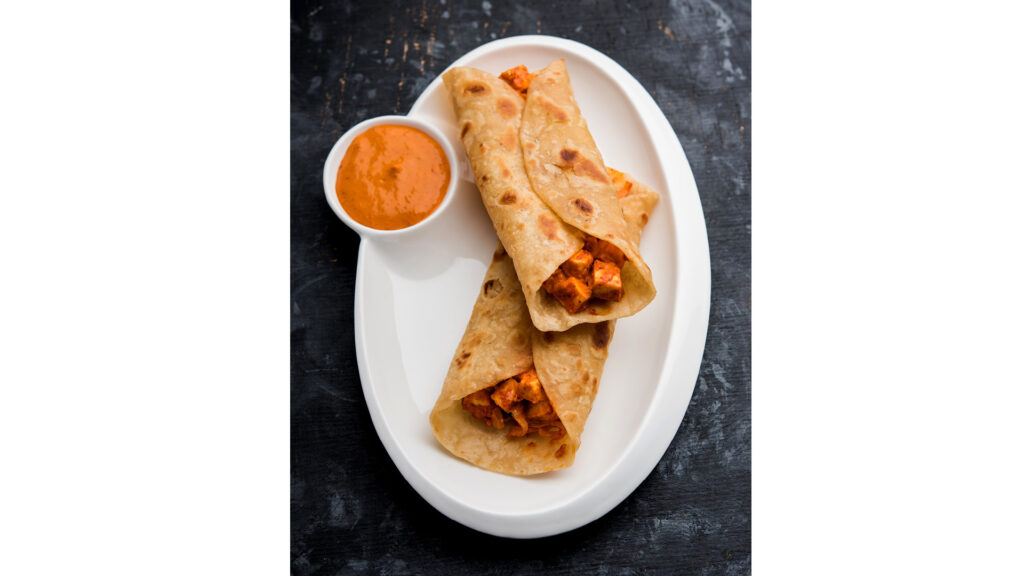
Frankie
The tale behind Mumbai’s very own wrap has a lot to do with the country’s craze for cricket. Returning from Beirut in 1960, one Amarjit Singh Tibb was inspired to add an Indian twist to the Lebanese pita roll. Pita and hummus were replaced with chapati, butter, vegetables, and a thin layer of egg. He sold his creation out of the backseat of his car, and as it grew in popularity, Tibb dedicated the name of this grab-and-go snack to his idol—the West Indian cricket icon Frank Worrell.
Try it at: It’s trademarked! You can eat a true frankie only at Tibb’s outlets.
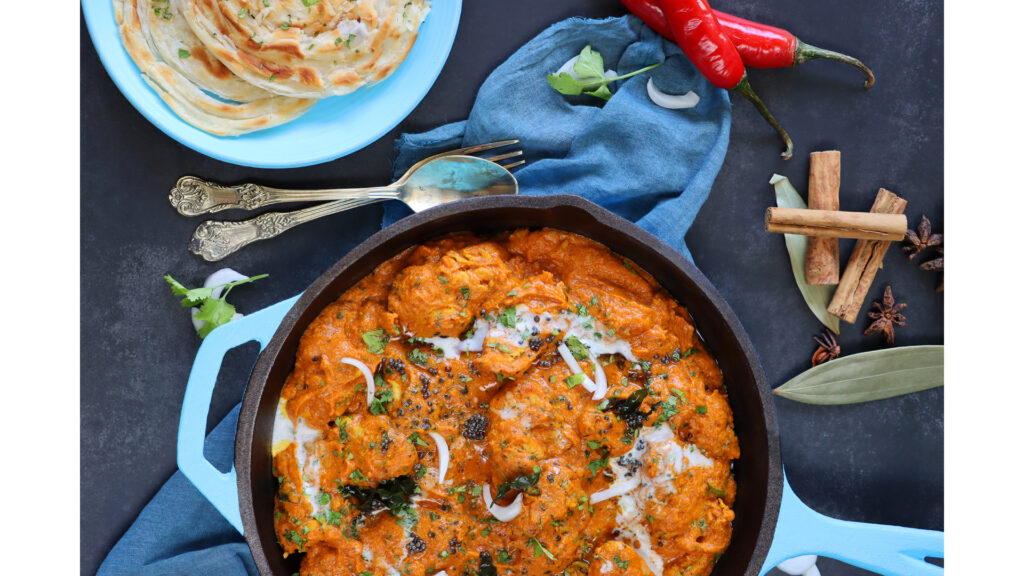
Butter Chicken
This is a tale of two cities, the partition of India, and a passion for food! Three enterprising companions from Peshawar— Kundan Lal Gujral, Kundan Lal Jaggi, and Thakur Dass—migrated to postpartition Delhi and revived their restaurant Moti Mahal in Daryaganj in 1947. Their Peshawari fare quickly gained popularity, but there was an issue: the cooked tandoori chicken dried up rapidly. The solution was copious amounts of butter in the curry to restore the meat’s succulence. And so, right after the nation, butter chicken was born!
Try it at: The globally famous Moti Mahal and pan-Indian restaurant chain Punjab Grill.
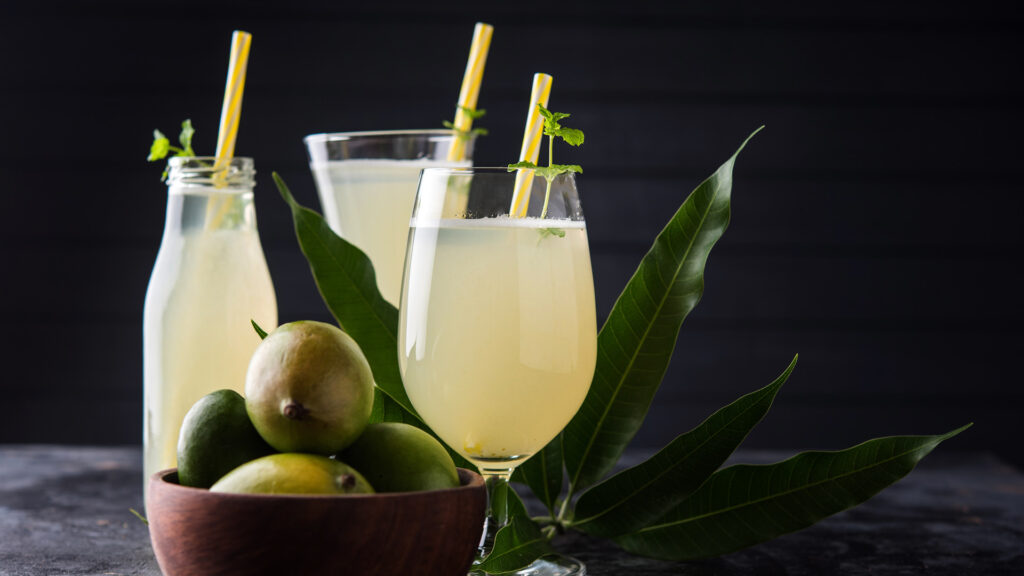
Sherbet
Need a summer cooler to hydrate? What better than sherbet, a word that literally means ‘drink’ in its Turkish, Persian, and Arabic origins! This cool drink came to the Indian subcontinent during the Mughal era. Legend says Emperor Babur even dispatched his troops to the Himalayas for fresh ice to craft this tantalising elixir. Today, sherbet is available in a multitude of flavours across India, including aam panna (raw mango syrup), rose, khus khus (aromatic grass), and more.
Try it at: The 1895-established Bhikkilal’s in Ajmer serves up a variety of flavours.
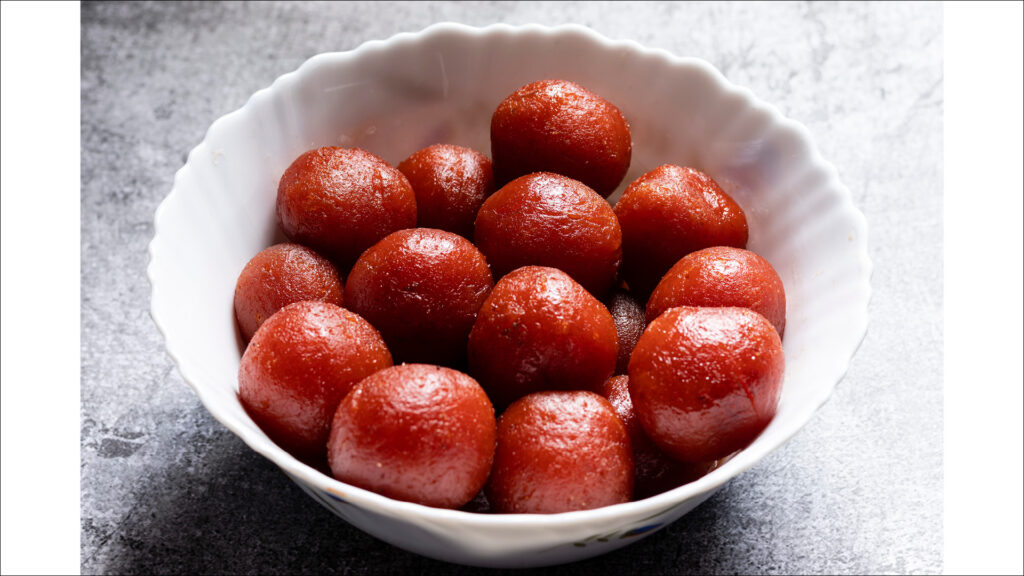
Ledikeni
Imagine a true Victorian lady in 1850s Kolkata, hosting tea parties with aristocrats to shape the political canvas. This is Lady Charlotte Canning, wife of the first Viceroy of India, Charles Canning. It was in her honour that local confectioner Bhim Chandra Nag crafted a sweet resembling the famous gulab jamun but using chhena (split milk). This lightly fried, reddish-brown delicacy was initially named ‘Lady Canning’, which turned into ‘Lady Kenny’, or colloquially the ‘Ledikeni’, loved by every Bengali today. Try it at: The iconic Bhim Chandra Nag sweet shop in Kolkata’s Bowbazar.
Related: 7 Dishes In Coimbatore That Foodies Don’t Want To Miss!




